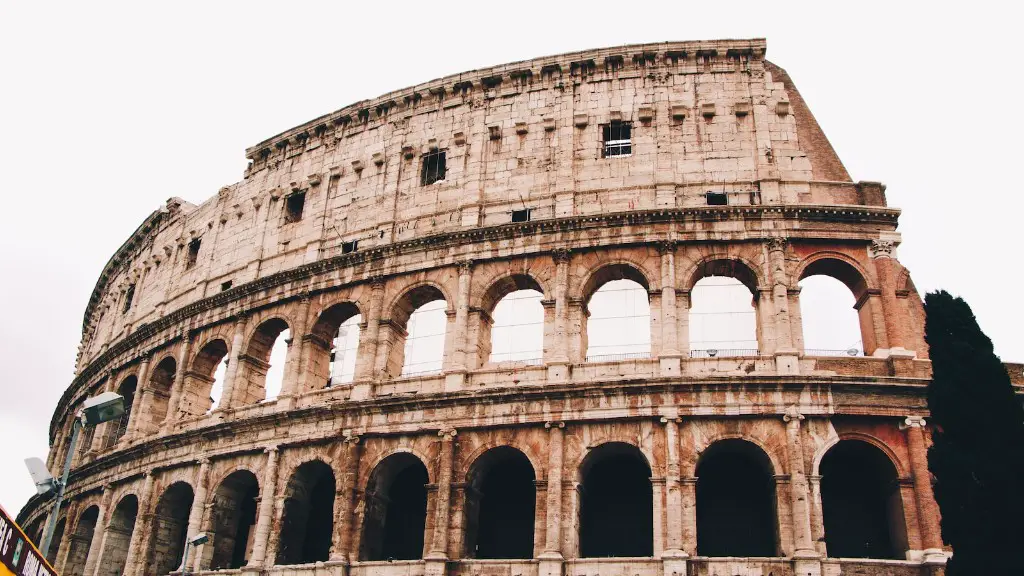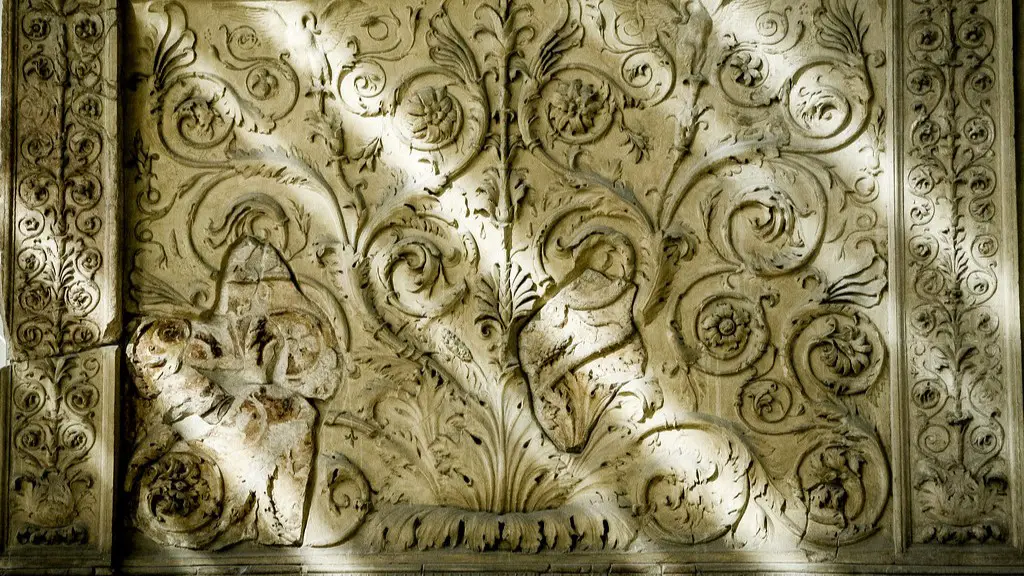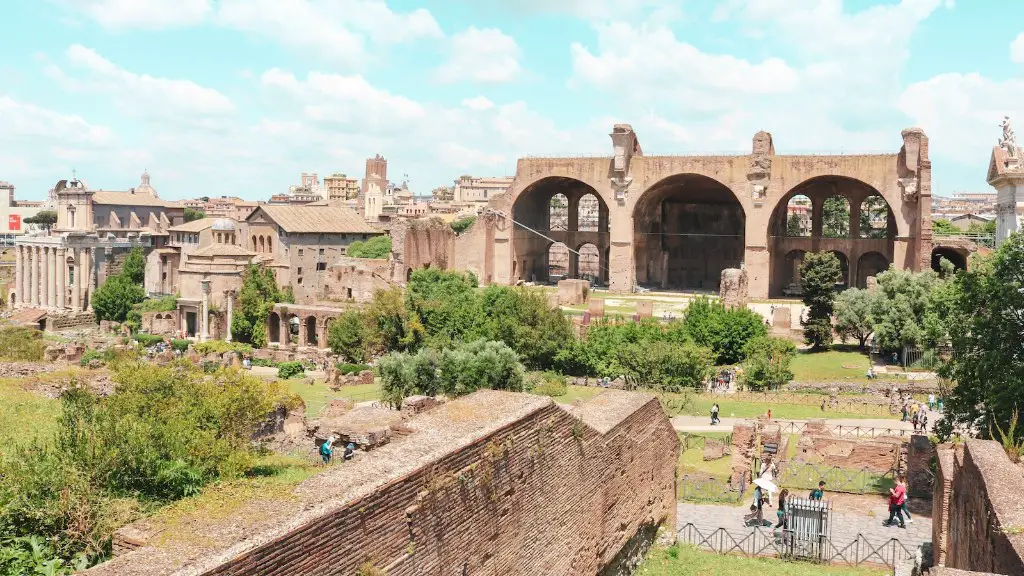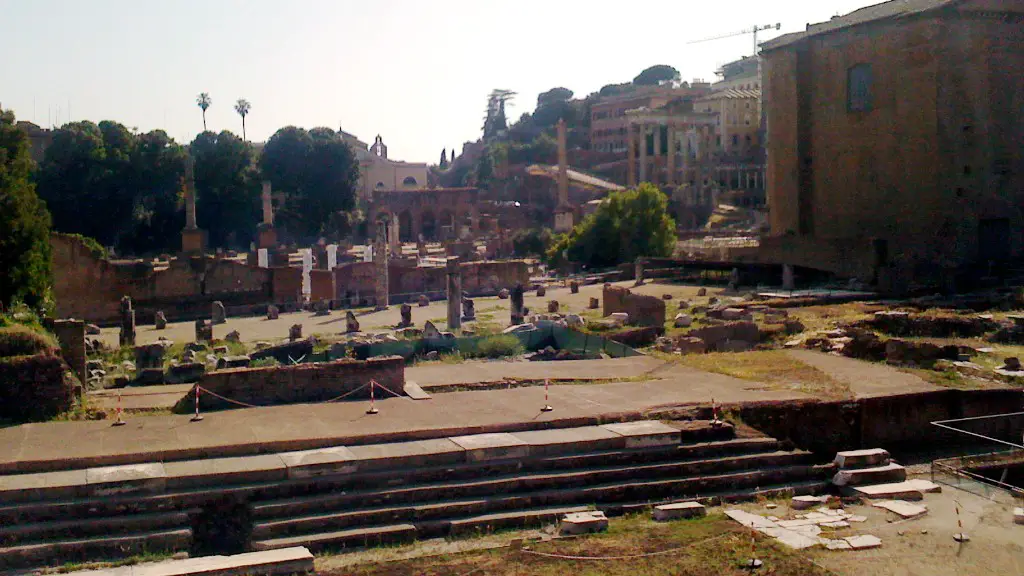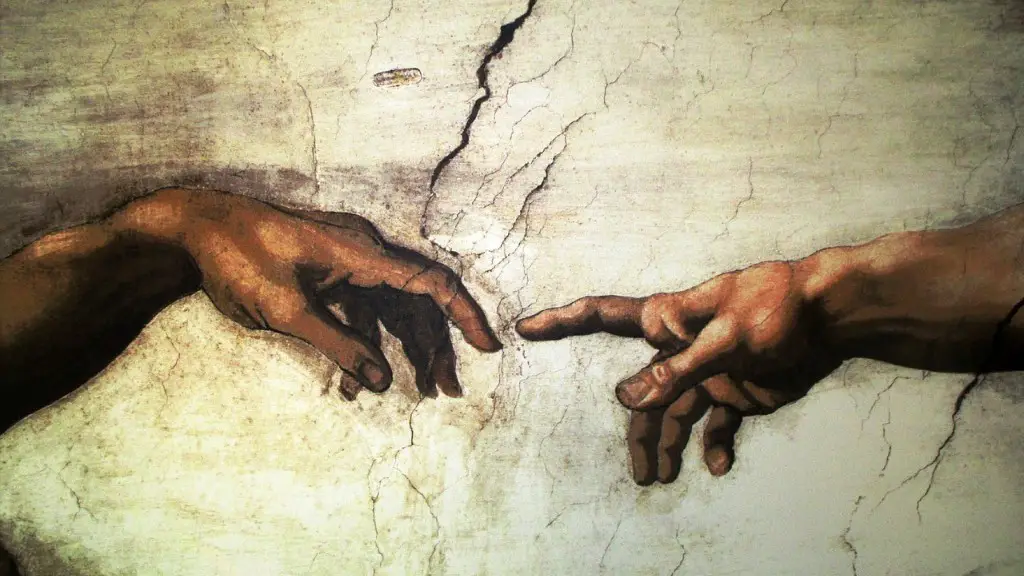Ancient Rome in Context
Ancient Rome was a highly advanced and complex society populated by by a range of citizens, including the poor and rich. As it grew in power, its people adopted several customs, rituals, and institutions that set it apart from other social structures. This includes its fascination with the games of the gladiators. Though the gladiators were a source of entertainment for Rome’s citizens, their circumstances were far from ideal and their stories often overlooked. From the different types of gladiators to the political links between them and the ruling classes, ancient Rome’s gladiators provide an interesting insight into Roman life and culture.
The most common gladiators were the slaves, prisoners of war, and those condemned to be crucified. As they fought, they would be cheered on by thousands of Roman citizens; their performances provided excitement and grandeur. Roman citizens would bear witness to these shows with great enthusiasm as there were many elements at play such as ambition, betrayal, and honour.
The Roman warmongering nature created supply and demand for these gladiators in the form of captives and prisoners. The scarcity of suitable prisoners meant that these battles were intense and brutal, with the most skilled and successful gladiators becoming the most renowned in ancient Rome. The greatest of these gladiators were deemed to be the bravest warriors, representing Roman culture with honour and courage.
The gladiators were seen as celebrities and were highly respected by Roman citizens. It might seem strange today, but they were very important in the social structure. They were part of the political elite, often used as a tool of propaganda and manipulation. They inspired both fear and awe in their cities, and their impressive displays of skill and courage attracted wide audiences.
The politics of the Roman Empire also played a role in the success of the gladiators. From the patricians to the plebians, Romans were passionate about these warriors and their feats of arms. Politics, religion and the social structure of Rome all intertwined to influence the fate of these gladiators.
Despite the immense popularity of the gladiators, the truth was often obscured by the glamour and prestige that surrounded them. These men were unable to escape their fate, as slavery was deeply embedded within the social, religious and political life of Rome.
Gladiators vs Ancient Warriors
The ancient warriors provide a revealing comparison to the gladiators of Rome. Both were professional soldiers utilising various tactics to win their battles and were motivated by glory, honour, and money. Whereas the gladiator fight was for entertainment and diversion, the ancient warrior fight was for conquest and gain.
Unlike the gladiators of Rome, ancient warriors typically fought in large armies. Their equipment and tactics differed vastly due to the success of their aims as well as the different nations they fought for or against. Ancient warriors would often wear intricate armour, utilise archers, and employ siege tactics when fighting.
The gladiators, however, were far less likely to use such tactics and instead, focused on honing their personal skill and craft in the battlefield. They specialised in combat rather than relying upon mobility and tactics. This is why we refer to gladiators as individuals rather than armies.
Another key difference between the gladiators and ancient warriors was their pay and benefits. Ancient warriors typically received a wage, food and supplies and were rewarded with land, titles and fame when victorious. Gladiators, on the other hand, rarely received such rewards. Instead, their winnings would usually be offered in the form of money, facilities and rights.
The Romans favoured gladiator fights, as the drama and tension made for incredible entertainment. It was considered a privilege both to participate and to witness such battles. And, while the fight continued until one of the fighters was killed, ancient warriors typically wanted to finish battles as quickly as possible.
Gladiators vs Soldiers
The comparisons between gladiators and soldiers of the Roman Empire are undeniable. Both have a common goal to fight and win, with death frequently being the unfortunate outcome. But there were some key differences between the two groups.
Soldiers typically fought in offensive or defensive military campaigns either in their own or a foreign land. Their weapons, armor and techniques were far more sophisticated than those employed by gladiators. While the soldiers fought for glory and honour in foreign lands, gladiators certainly could not partake in such strategies.
Intending to offer a sense of structure and glory to Roman citizens, gladiators were expected to maintain a certain level of military etiquette and respect. This contrasted starkly with the brutality of the soldiers; their goal was to kill the enemy quickly and combat typically consisted of a variety of weapons such as swords, spears and arrows.
The soldiers typically fought alongside their fellow legionnaires, while gladiators generally faced opponents who were of comparable strength and abilities. This meant that duels between gladiators could sometimes last longer than wars between two enemy forces.
The purpose of the soldiers was to expand the boundaries of the Roman Empire, while the gladiators’ purpose was more about providing entertainment to the Roman citizens. Additionally, soldiers were also employed as bodyguards for members of the aristocracy, while gladiators occasionally served as bodyguards for wealthy citizens.
Gladiators vs Animals
The fights between gladiators and animals provide a unique insight into the culture of ancient Rome. Such fights performances were considered a spectacle, as well as an example of man’s superiority over animals. The animals used in the fights ranged from lions, elephants, and bears to boars, deer, and even dogs.
It was not just the animals that were used in the gladiator fights. Wild animals were present as part of the show, and sometimes exotic creatures like crocodiles and hippopotamuses were brought in to enhance the spectacle. Such battles provided an additional layer of excitement and drama to the performances. However, not all gladiators chose to fight wild animals and some chose to fight each other instead.
The main difference between the gladiator and animal fights were the weapons used. Gladiators were well trained with weapons such as swords and shields, while the animals relied solely on their speed, strength, and agility. The best gladiators were those who could successfully counter the animal’s moves and use their own tricks and skills to outwit their opponents.
The different types of gladiator animals were bred for specific purposes and selected for their fighting abilities, with the strongest and most fearsome animals bearing greater rewards. In some instances, animals were even taught to fight against gladiators and this provided the gladiators with an even greater challenge. In a fight against a wild animal, there was no guarantee of the gladiator’s safety.
Gladiators vs Modern Day Fighters
Modern-day fighters such as martial artists, boxers, wrestlers and Mixed Martial Arts (MMA) fighters share a common goal with the gladiators of ancient Rome; They strive to prove their superiority in the battlefield and their renown spreads throughout the land. The rules and regulations that governed these fighters were also quite similar; one had to be courageous, honourable and possess great skill in order to succeed.
Despite the similarities between gladiators and modern fighters, there are still some distinct differences that separate them. The main difference between the two is in the rules and regulations that governed the fights. The rules of gladiatorial combat were highly specific and only the most skilled and courageous warriors could survive. On the other hand, modern fighters are subjected to rules and regulations that are far less strict. This means that anyone can compete in a fight and it is often the odds (in terms of skill level and experience) that determines the outcome.
The fabrics and materials used to make weapons and armour have also advanced significantly since the days of the gladiators. In ancient Rome, metal and leather were the primary materials used in combat, whereas modern fighters utilise a broad range of materials such as carbon-fibre, steel, and titanium. This makes fights between modern fighters much less lethal than those between gladiators.
The level of technology available has also increased significantly. In addition to the use of modern-day weapons and armour, modern fighters are now able to communicate with each other more easily via the internet. This has made fights much more accessible to people around the world, and has created a larger audience for the sport.
Gladiators vs Athletes
Athletes and gladiators are often compared for their willingness to challenge their bodies and skills in pursuit of glory. But, while both were interested in facing tough opponents in a competitive atmosphere, the types of challenges they faced were quite different.
Athletes of today have competitions in a variety of disciplines, such as running, swimming and weightlifting. Gladiators, of course, competed in grueling battles against their opponents. While both challenged their bodies to reach their physical and mental peak, the gladiators had to put their life on the line. This level of risk is something few athletes ever face today.
The rewards for both, however, have been similar throughout the years. Athletes of today are often rewarded with money, fame, titles and sometimes even endorsements for their hard work and dedication. In the same way, successful gladiators were revered by all citizens of the Roman Empire and often rewarded with fame and money. This ultimately resulted in them earning the respect, adoration and even loyalty of the entire population.
Furthermore, both gladiators and athletes are trained to increase their chances of success in a competitive environment. From physical training to psychological preparation, they all have to be ready to face their opponents. But the key difference lies in the fight style employed by both. Gladiators, like ancient warriors, focused on mastering their own technique and honing their weapons, while athletes had to develop skills, tactics and strategies to get an edge on their opponents.
Gladiators vs Spectators
Gladiatorial shows were an important part of Roman life, and often attracted large crowds. Audiences and celebrities alike were entranced by the spectacle of these man-or-beast fights and it wasn’t uncommon for Roman citizens to bet on the outcome. In many ways, the gladiators were a distraction from the stresses of everyday life and were a source of entertainment for the wealthy and privileged.
Though the gladiatorial contests are now long gone, interest in them remains strong and the modern day spectators have much in common with the ones in Roman times. People are still fascinated by these unique competitions and enjoy watching a skilled individual take on a ferocious beast. As a result, the shows still draw high ratings and remain a popular form of entertainment.
The spectators of today have a much different attitude than those of ancient Rome. Where audiences once placed bets on which gladiator would survive or be killed, now they cheer on their favourite fighters while they compete. This change of attitude reflects the progression of society from subsistence to success; from world-domination to entertainment.
The relationship between the gladiators and the spectators has changed significantly over time, and the way audiences perceive the contests has definitely evolved. Whereas the gladiator fights were once seen as a grim reminder of sacrifice and suffering, today, they are seen as a source of admiration and entertainment.
